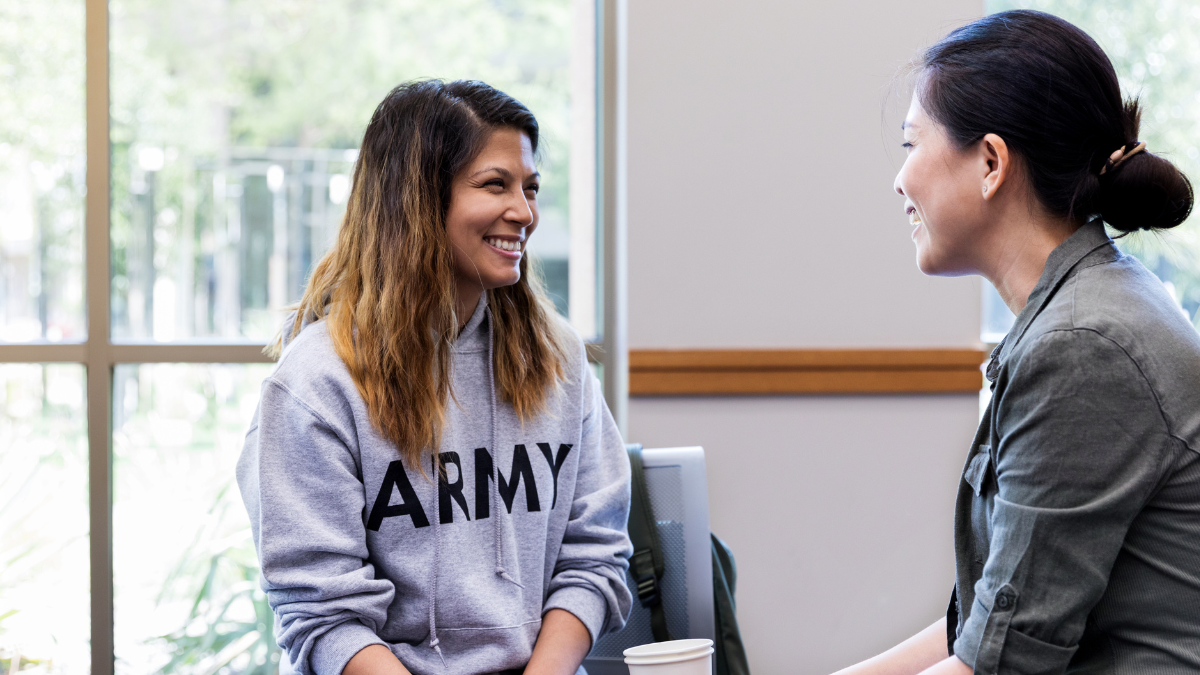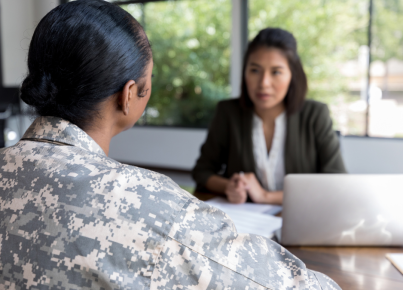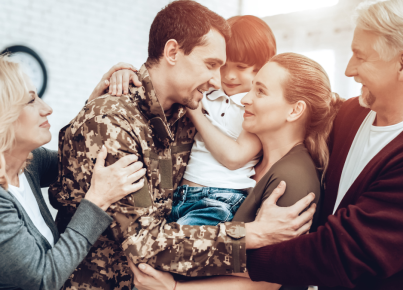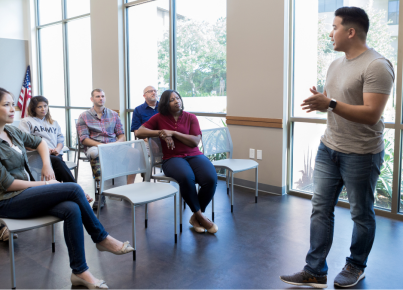Art Therapy in Veteran Rehabilitation has been acknowledged for many years as an effective treatment for psychological recovery and general spiritual progress. For veterans burdened by post-traumatic stress disorder, TBI, or other combat-related illnesses, creative expression can be a particularly attractive and, indeed, the only possible way due to their inner state. World Veterans adhere to the belief that creativity plays a crucial role in the healing process and have bizarre massive therapy trends that we wish well to discuss in this article. Therefore, we have opted to discuss the potential of painting, sculpture, and other visual art to promote the recovery of users.
The Healing Power of Art
Art therapy is a type of psychotherapy that helps people express and understand their emotions through art and creativity. For veterans, this form of therapy offers one way to without words release feelings of anger and frustration over one’s experiences. In addition, the process of making art itself is therapeutic. It allows someone to take control of the process, and it can simultaneously be a calming and focused person by acting as a form of meditation.
Art therapy omits the process by which veterans physically externalize their experiences, visualize, or avoid eruptions, to name a few, the experience surpasses artistic production in more ways than one for the person.
Addressing PTSD through Artistic Expression
PTSD is among the most common conditions faced by war veterans upon returning from the battlefield. There are many symptoms of PTSD that revolve around flashbacks, intense anxiety, and an inability to control thoughts related to the event. Art therapy has one fundamental advantage when treating PTSD – the ability to symbolize one’s trauma, making it less imposing. As veterans reflect on their thoughts and experiences of a particular event, rather than speaking of it out loud, they acquire new reception and layers of symbolic attributes. They visualize, contextualize, and reconsider the trauma, needing time to embed the emotions attached to it.
Art therapy becomes precisely the sanctuary in which veterans can plunge into the abyss of their own subconscious, safely guided by a therapist. This method allows them to anonymously go through the layers of their dissonances, finally formulating a comprehensive picture of their condition. This, in turn, contributes to the eventual “healing” of reason.
Rebuilding Identity and Fostering Community
A final consideration for another dimension of Art Therapy in Veteran Rehabilitation is the capacity to help rebuild an identity beyond military service. It is common for individuals who have been in wars to feel disconnected from the world, as though they no longer fit within the constructs of daily existence. However, through the arts, veterans may be able to uncover talents and passions that can help redefine who they are in society as civilians. This ability to express their underlying self can be critical in developing self-regard and confidence, as these survivors adapt to life as citizens once more.
Moreover, group art therapy can also help to strengthen communities among veterans. They can enjoy a common place to encourage and give each other inspiration. It has the potential to resemble the military community, where many veterans can feel they belong and be comprehended, and that they have no equivalents in other spheres of their lives.
In conclusion, art therapy holds a plethora of psychological benefits for veterans suffering from the effects of their service. By enabling self-expression, encouraging emotional relief, and fostering a new self-story, art therapy is an essential part of the integrated strategy for veteran recovery. World Veterans constantly seeks to promote the value of art therapy programs and work on making them more readily available to those in need of them. The organization recognizes the potential of art therapy in the field of mental health healing and is dedicated to utilizing this potential in its pursuit of better mental health for our veterans.
It is important to continue to explore and develop these therapeutic approaches, but it is equally important to remember the experiences, needs, and possibilities of each veteran. The individual attitude to art therapy will guarantee the successful rehabilitation of this or that person.
Reference
American Art Therapy Association
https://arttherapy.org/about-art-therapy/
Follow the blog to know more – https://worldveterans.org/the-role-of-virtual-reality-in-treating-veteran-ptsd/







You must be logged in to post a comment.